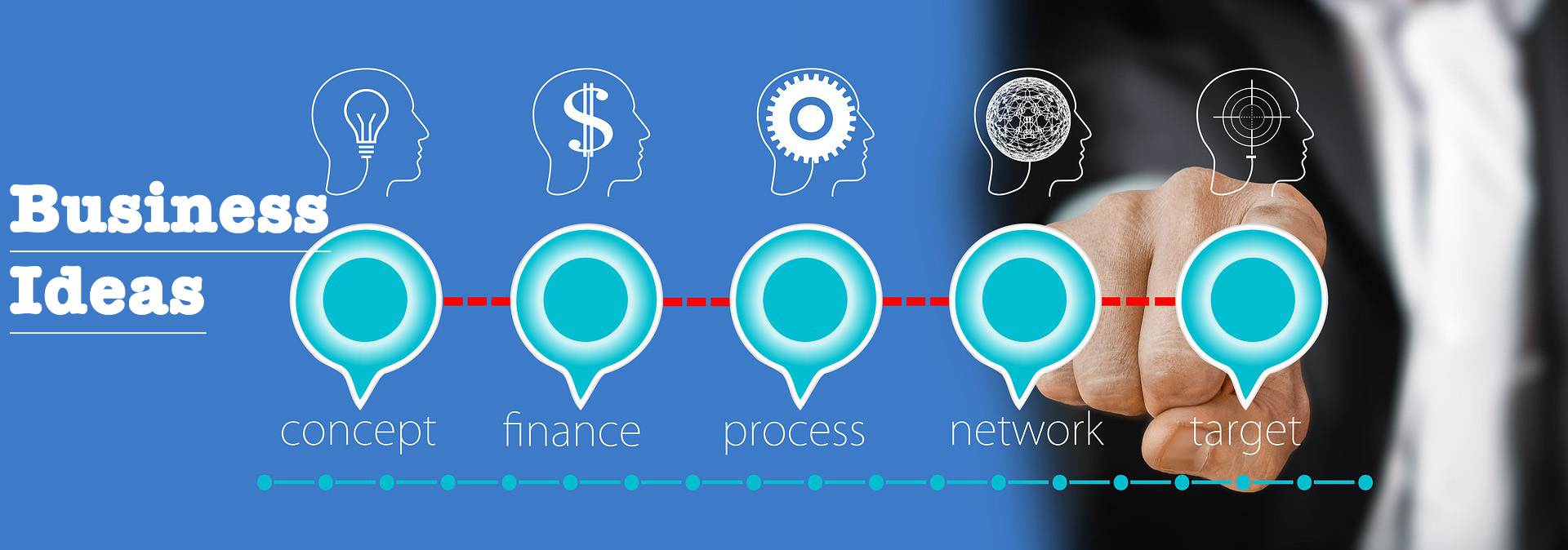Understanding the Importance of Professional Equipment Maintenance
Dental professionals rely on precision instruments to deliver quality care to their patients daily. These sophisticated tools require regular attention to maintain their performance standards and ensure they operate at peak efficiency. When equipment begins to show signs of wear or reduced functionality, addressing these issues promptly becomes essential for maintaining practice standards. Professional high speed handpiece repair services offer dental practitioners a reliable solution for extending the lifespan of their valuable instruments whilst avoiding the substantial cost of frequent replacements. By investing in proper maintenance and restoration services, practices can maintain consistent quality standards and avoid disruptions to their daily operations.
Common Issues That Affect Dental Equipment Performance
Various factors can compromise the functionality of dental instruments over time, from natural wear and tear to improper handling or inadequate maintenance routines. Practitioners may notice decreased rotation speeds, unusual vibrations, overheating, or inconsistent water spray patterns during procedures. These symptoms often indicate internal component degradation or bearing failures that require professional attention. Dental high speed handpiece repair specialists possess the expertise and specialized tools necessary to diagnose and rectify these issues efficiently. Regular professional servicing can identify potential problems before they escalate into more serious malfunctions that could compromise patient care or require complete instrument replacement.
The Technical Expertise Required for Complex Restorations
Restoring dental instruments to their original specifications demands extensive technical knowledge and access to genuine replacement components. Qualified technicians must understand the intricate mechanisms within these precision tools and possess the skills to disassemble, clean, replace worn parts, and reassemble them to manufacturer standards. This process requires specialized equipment, including bearing presses, torque measurement devices, and testing apparatus to verify proper function after restoration. The complexity of these procedures means that attempting repairs without proper training often leads to further damage and potentially unsafe equipment. Professional restoration services employ technicians who undergo rigorous training and stay current with evolving technologies across different equipment manufacturers.
Brand-Specific Considerations for Equipment Servicing
Different manufacturers design their instruments with unique specifications and proprietary components, requiring technicians to have brand-specific knowledge for effective restoration. Midwest handpiece repair services, for example, must account for the particular engineering characteristics and design features specific to this manufacturer’s product line. Technicians familiar with these specifications can accurately diagnose issues, source appropriate replacement parts, and ensure that restored instruments meet the original performance standards. This specialized knowledge proves particularly valuable for practices that have invested in equipment from specific manufacturers and wish to maintain consistency across their instrument inventory. Generic repair approaches often fall short when dealing with sophisticated instruments that incorporate proprietary technologies.
Cost-Effective Strategies for Equipment Management
Dental practices face significant financial pressures, making cost-effective equipment management strategies essential for maintaining profitability whilst delivering quality patient care. Professional restoration services typically cost a fraction of new equipment purchases, making them an economically sensible choice for practices looking to maximize their return on investment. By establishing relationships with reliable service providers, practices can implement preventive maintenance schedules that catch minor issues before they become major problems. This proactive approach reduces unexpected equipment failures that can disrupt appointment schedules and negatively impact patient experiences. For practices operating multiple instruments, regular professional servicing becomes even more critical to ensuring consistent availability and performance across all equipment.
Selecting the Right Service Provider for Your Practice Needs
Choosing a qualified service provider requires careful consideration of several factors, including technician qualifications, turnaround times, warranty offerings, and the availability of genuine replacement parts. Practices should seek providers who offer comprehensive diagnostic assessments, transparent pricing structures, and clear communication throughout the restoration process. The ability to handle various equipment brands and models adds valuable flexibility for practices with diverse instrument inventories.
Find out more about professional solutions that meet the highest industry standards, high speed handpiece repair






